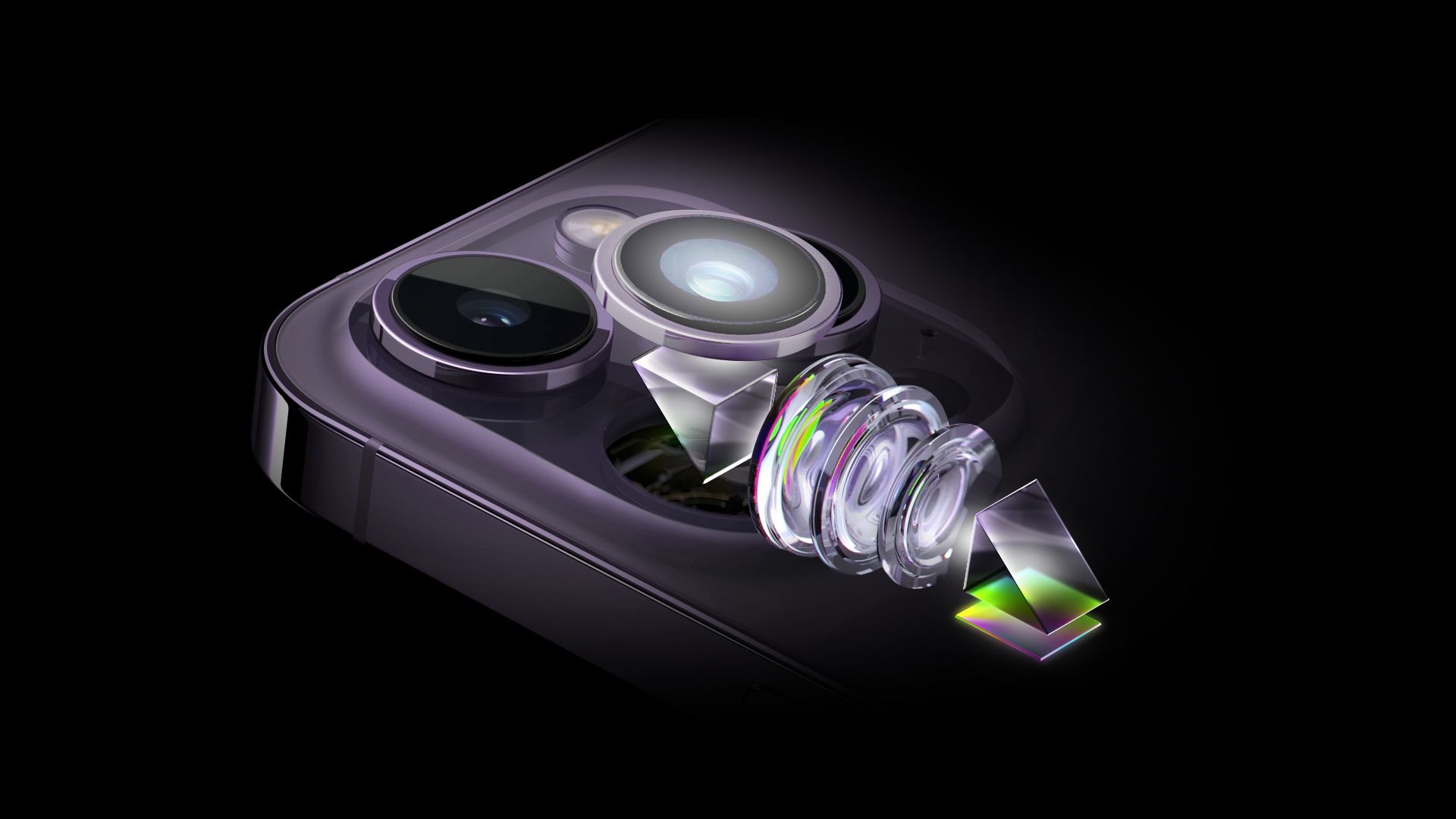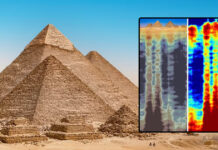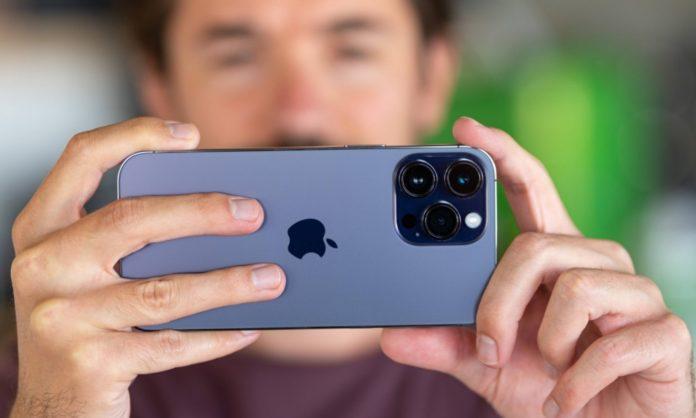The iPhone 16 Pro Max might just be the first-ever smartphone to introduce a mind-blowing super telephoto periscope camera. However, this is still just a rumor and nothing official has been has been announced about this exciting development by the Apple team.
Digital Chat Station
The details emerge from the reliable Weibo account “Digital Chat Station,” known for its accurate predictions about Apple’s plans. Now, what makes this camera so special? Well, “super” or “ultra” telephoto lenses typically have a focal length exceeding 300mm, allowing for epic optical zoom and capturing far-off subjects in stunning detail.
To put things into perspective, the telephoto camera on the iPhone 13 Pro and iPhone 14 Pro models had a focal length equivalent to 77mm. So, if the iPhone 16 Pro Max packs a focal length over 300mm, that’s a massive upgrade.

Super telephoto lenses are beloved by sports and wildlife photographers for their ability to bring distant action up close. But they’re not just limited to that! Their dreamy background blur also makes them fantastic for portrait photography, as long as there’s enough distance between the object and the photographer.
This change appears to be made possible by Apple’s plan to introduce a periscope telephoto camera system, starting with the iPhone 15 Pro Max later this year. And if the rumors are true, Apple intends to include the telephoto camera in both “Pro” models of the iPhone 16 next year, likely achieved by increasing the size of the smaller model. This move would maintain a clear distinction between the two “Pro” devices.
More To Be Expected
But wait, there’s more! The Weibo user also mentioned that the iPhone 16 Pro Max could feature a whopping 12% larger camera sensor measuring 1/1.14 inches. By comparison, the current iPhone 14 Pro and iPhone 14 Pro Max sport a 1/1.28-inch sensor, and no increase in sensor size is expected for this year’s iPhone 15 Pro Max.
A larger sensor would work wonders for the main iPhone camera, boosting dynamic range, background blur, and low-light photography capabilities. After all, a bigger surface area captures more light, even with the same shutter speed and aperture.
Stay tuned to Brandsynario for more news and updates.








































